标签:int put 图片 轻松 ati ide auto top res
算法策略:获取小人的底座中心点的值作为起跳点。
1 获取小人的所有像素点中y坐标的最大值
2 在小人y坐标的最大值那些像素点中,计算出x的平均值,作为小人底座的x的值。
3 y坐标的最大值减去一个偏移值,就作为小人底座的y值。(注意:该偏移值不同的设备是不同的,同一台设备不同场景下是一样的)
比如教师机的设备中最低点的值是(337,1131),中心值是 (337,1113),从而计算出偏移值为1131-1113=18
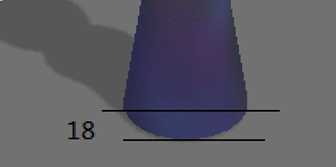
取屏幕宽和高的一半(x=540和y=960)
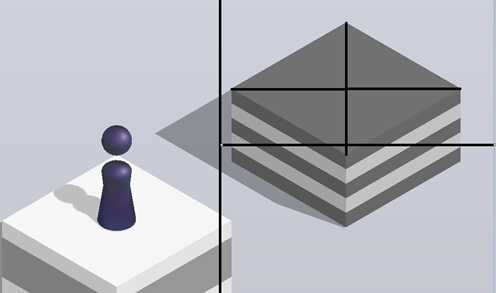
我们会发现,目标格子的边沿(x=563,y=978)和这个是差不多的(y的偏差是18,x的偏差是23.
以后每次跳动的时候,假如已经知道目标格子的边沿,和目标坐标的x值,就可以很轻松计算出目标坐标的y值。
注意:每个格子的宽和高的比例是相同的。
左:(563,847)
右:(1015,847)
上:(788,720)
下:(788,978)
中:(788,847)
高和宽的比例:(978-720)/(1015-563) =258/452。假设该值为p
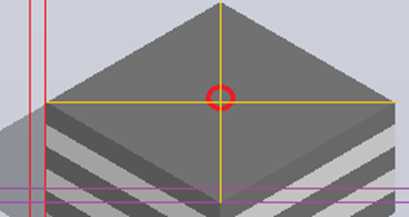
已经知道目标坐标的x值,求目标坐标的y值
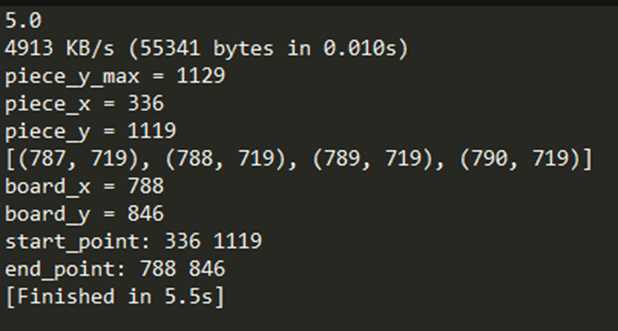
operation.py
|
# 控制屏幕进行跳动 def jump(self, src, dst, press_time): press_time = int(press_time) cmd = "adb shell input swipe %d %d %d %d %d" % ( int(src[0]), int(src[1]), int(dst[0]), int(dst[1]), press_time ) print(cmd) os.system(cmd)
|
main.py
|
def test_jump(): algorithm = Algorithm() op = Operation() im = op.screen_cap() start_x, start_y, end_x, end_y = algorithm.find_point(im) start_point = (start_x, start_y) end_point = (end_x, end_y) distance = algorithm.euclidean_distance(start_point, end_point) press_time = algorithm.distance_to_time(distance) op.jump(start_point, end_point, press_time) |
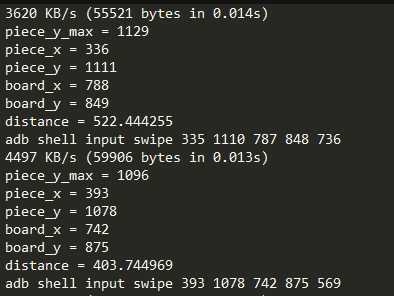
标签:int put 图片 轻松 ati ide auto top res
原文地址:https://www.cnblogs.com/sjzsjzsjz/p/9245509.html